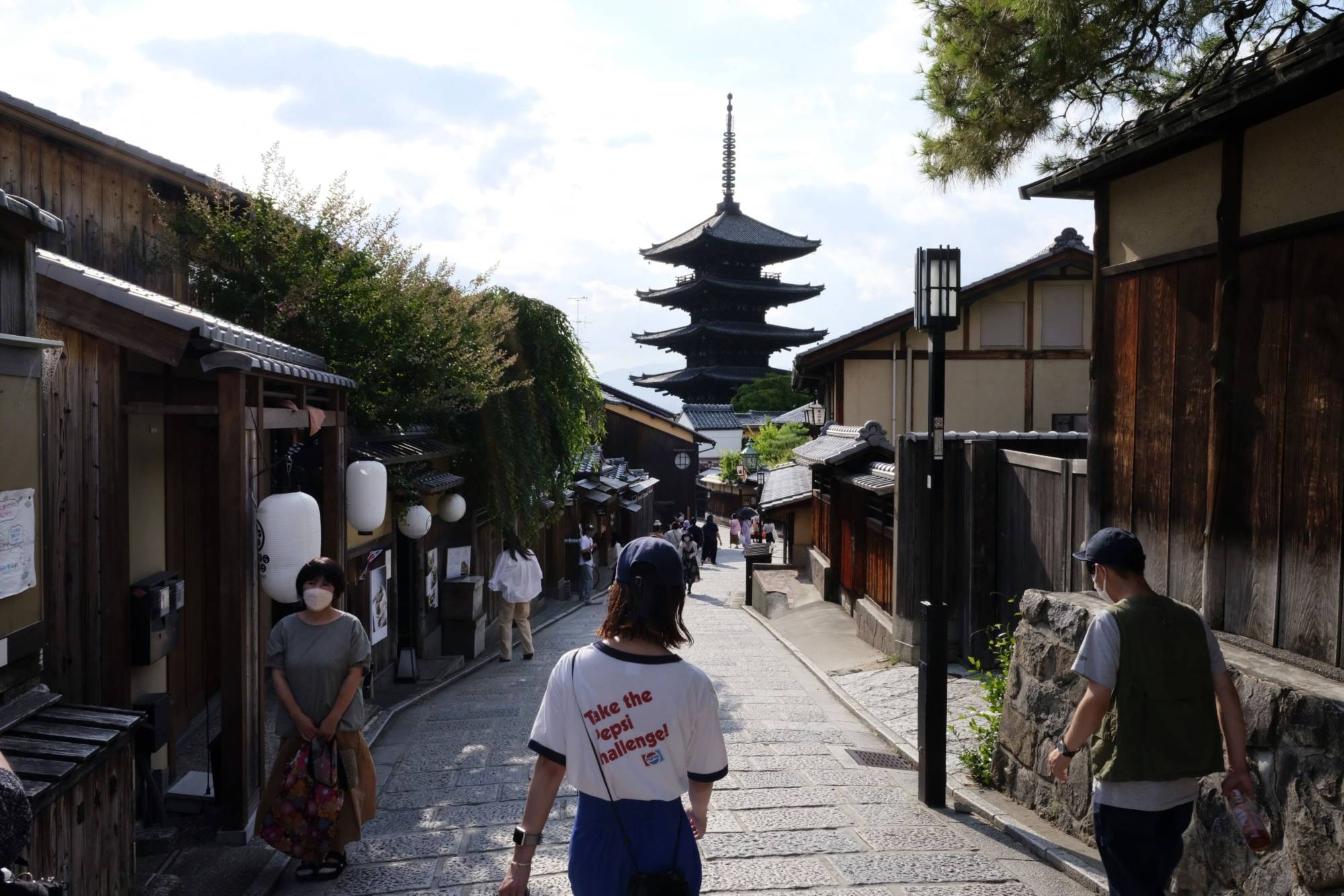Frustration, anger and, for Japan’s struggling tourism industry, what could amount to a missed opportunity.
The Group of Seven’s strictest border rules have been eased in slow, incremental steps, much to the chagrin of foreign nationals who have been waiting for the rules to be lifted on par with other major economies.
Even when the country decided to welcome in foreign tourists, the government made sure that foreign travelers wouldn’t flood in, keeping roadblocks like visas and, initially, pre-arrival PCR testing in place.


















With your current subscription plan you can comment on stories. However, before writing your first comment, please create a display name in the Profile section of your subscriber account page.